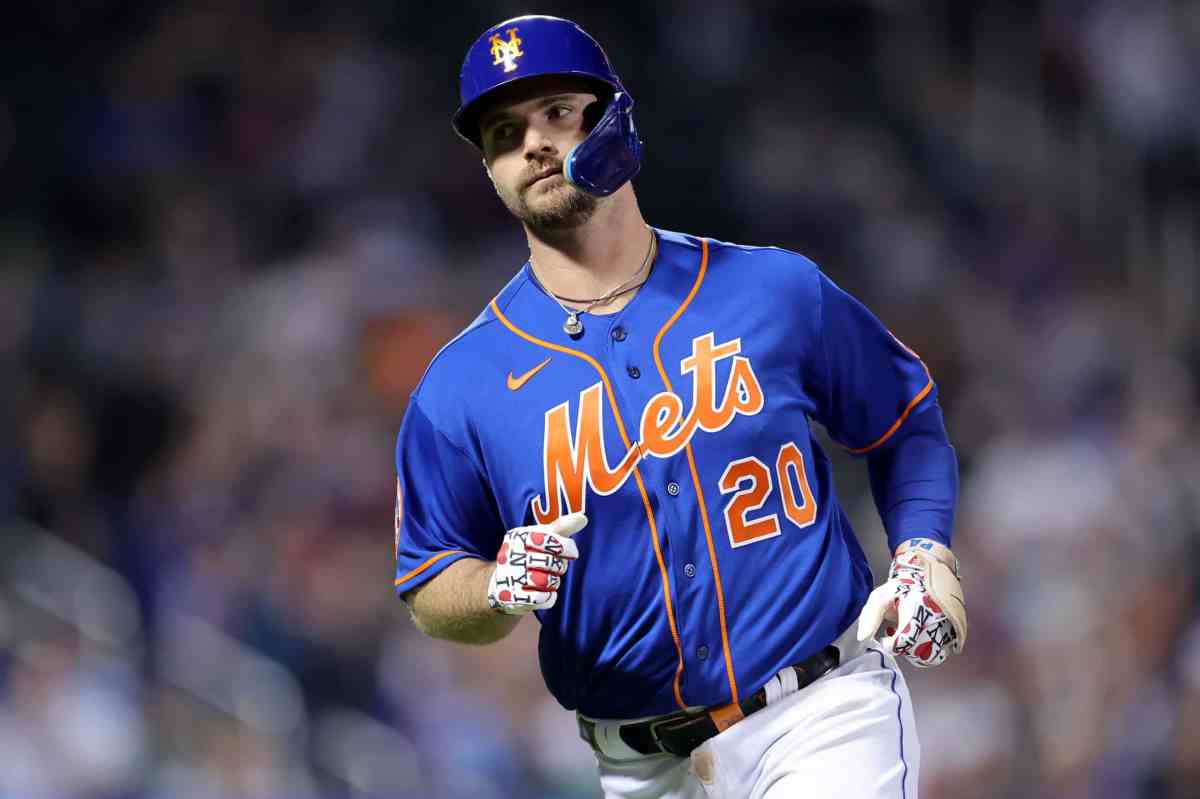With the Mets now 22-32 exactly one-third into the 2024 season, it is starting to look like the team will be sellers at the trade deadline. The team will certainly have plenty of players that could be of interest to contending teams. Barring a massive turnaround, the team will likely have a very busy deadline selling off players.
The most obvious trade candidates are those on expiring contracts. This includes designated hitter J.D. Martinez, outfielder Harrison Bader, catchers Tomas Nido and Omar Narvaez, relievers Drew Smith, Jorge Lopez, Adrian Houser and Adam Ottavino and starting pitchers Jose Quintana, Luis Severino and Sean Manaea, the latter of whom has a player option for next season. Lefty reliever Jake Diekman also has a vesting option for 2025, making him a trade candidate as well.
While many of these players could end up fetching a decent prospect return, the most noteworthy pending free agent is star first baseman Pete Alonso. He would likely garner a lot in return if he were to be traded, but there is no guarantee the Mets will trade him before the deadline. Despite the fact that Joel Sherman of the New York Post reported Alonso turned down a seven-year $158 million extension in June 2023, Mets owner Steve Cohen has still been vocal about his desire to retain the Polar Bear. Trading Alonso away would make this significantly more difficult, as the team that acquires him would have exclusive negotiating rights for the first five days after the season ends.
If the Mets choose to hang on to Alonso beyond the deadline, they can also extend a qualifying offer to him after the season. While he is almost certain to reject it, the qualifying offer would mean that if he were to sign with another team in free agency, the Mets would receive at least one compensatory draft pick from that team. If a team that is over the competitive balance tax threshold in 2024 ends up signing him, the Mets would receive that team’s second-highest and fifth-highest draft selections. If a team receiving revenue-sharing money signs him, they would forfeit their third-highest draft pick to the Mets. In all other circumstances, the Mets would receive a team’s second-highest draft pick.
The Mets could also end up looking to sell off other players under contract beyond the 2024 season if their market is strong enough. Veteran outfielder Starling Marte, who is under team control through the 2025 season, could end up being shipped out to a contending team shortly before the deadline. While his production is not nearly as good as it was during his 2022 all-star season, he has rebounded well from a rough 2023 season in which he struggled with performance and injuries.
Another potential trade candidate could end up being Jeff McNeil, who signed a four-year $50 million extension prior to the 2023 season, which includes a club option for 2027. Since winning the N.L. batting title in 2022 with a .326 average, McNeil has struggled to adapt to the elimination of the shift, hitting .270 last season and batting just .229 one-third of the way through this season. His value comes with the potential of returning to the hitter he has been for most of his career, as well as his strong defensive ability at multiple positions. However, with his value currently low, the Mets may be hesitant to trade him at the moment.
While the Mets season may already appear to be over before the calendar even turns to June, how the team handles the 2024 trade deadline could have a significant impact on the long-term future of the club. In his first season as President of Baseball Operations, David Stearns will certainly be very busy over the next two months.
Read more: Knicks’ Mitchell Robinson Out for 6-8 Weeks Due to Injury



































